Megan Mosby
Executive Director
Those of you who visited our campus prior to the COVID outbreak might have been fortunate to see our educational ambassador coatimundi, Groot. Yes, he is downright adorable and happens to be one of those native mammals that not many people ever see in the wild due to their natural habits. When we open to public programming again at some point in the future, you might be able to see our new ring-tail cat ambassador, Bisbee, who is just joining our program. However, both of these animals have unfortunate stories to tell.
Groot tells the story of being a victim of the wildlife pet trade. Yes, someone thought it was a good idea to raise coatis to sell as pets…pretty adorable when they are young…pretty formidable as adults with extremely sharp teeth, claws, and minds of their own. Nature designed them to climb, dig and devour. Those aren’t adorable characteristics in a pet.
Bisbee, the ring-tail cat, vies to be the cutest wild animal in the southwest. They have a pointy snout, big, dark brown eyes and large round ears. Their bushy striped tail (12 to 17 inches long can be over half the length of the body) is used to balance as they bound around in rocks, ledges and trees. It is also used defensively to hide behind or to raise over their bodies increasing the appearance of their size. Nature is very clever that way.
The secretive Bisbee, also known as the “miner’s cat” because they kept close proximity to miner’s camps as mousers, was a victim of abduction…well his parents were kidnapped from the wild. Arizona Game and Fish Department was tipped off that a trapper had a male and female ring-tail cat living with him in captivity. And, as one would guess, they reproduced—presenting him with two babies. Now, in case you are thinking this is “cute”…stop it! First, this isn’t legal. Second, it is not normal. Third, it is damning for the ring-tails. One of the babies died. The rest of the family had to be confiscated by Game and Fish. As a result, they were deemed non-releasable probably due to the length of time they were in captivity, but I am not sure of all of the qualifying reasons…just the damnable outcome.
In situations like these, there are basically a couple of instances when removing an animal from the wild is necessary, and necessary is operative here. If through no fault of their own, they are injured in some way that prohibits a safe, natural life in the wild or if they have been victimized by illegal activities, leaving them unable to survive in the wild without getting into some difficult and usually deadly situation. If you are attempting to rescue an animal and from a good heart and/or ignorance keep it beyond a time when it is being helped, that is one thing. If you intentionally steal an animal from the wild for your own purpose, that is another story too big to be tackled here. That is an issue for another day. That is abuse. No matter, the outcome is the same….a life wasted and possibly tortured. With this in mind, like Game and Fish, we very seriously consider whether or not to deem an animal as non-releasable.
Yes, both Groot and Bisbee will thrill the public. Yes, they will provide audiences with exposure to two secretive native mammals. Yes, they will be housed well, fed well, and provided with vet care when necessary. And, yes, they will have endless enrichment designed to keep boredom away.
However, I am betting that if you could ask them their druthers, they would say that they would prefer the life nature designed for them to have. To grow up, learn to hunt, find a mate, have offspring and do the things they are hard wired to do…to do the things that nature designed them to do, to fit into an intricate plan that connects everything we know.
That is just my guess. But sadly, those possibilities are no longer options for these two, and many more like them. Please help us keep wildlife in the wilds, where they belong.
![]()
This Week @ Liberty – August 25, 2020
As the numbers climb, the question now is how high will it go? The rate of intakes has recently slowed considerably, but then we actually had a monsoon last week that not only did some damage around the facility, but caused a spike in the intakes the next day. Not that that wasn’t expected, but I was hoping that since it came so late in the season, all the nests that were going to get blown apart had already done so – or were empty of babies by now. Ok, so I was wrong. But the spike was not all that big, so I’m guessing we can safely surmise that our busy season is now past us. The question now is: will we hit 11,000? or 12,000? or…
It’s anybody’s guess.
~~~~~~~~~~~~~~~~~~~~~~~~~~~~~~~~~~~~~~~~~~~~~~~~~~~~
We got in a big brown bat recently. Most of the bats we see are small (Mexican free tails, pipistrelles, little browns, etc. So when this big brown bat showed up, the size difference was remarkable. The tiny species are difficult to repair since the “parts” are all so small. Bats are an extremely important pollinator and need to be protected whenever possible. Like most nocturnal hunters, if you find one in the daylight, it’s usually a good procedure to leave it alone (if dogs, cats, and kids are not a factor) as it will probably fly away when the sun goes down. This guy was impressive to say the least!
(Look for 3 pictures)
The Medical Services staff are some very talented individuals. Given the wide spectrum of species we care for, the knowledge of all the different anatomies alone is mind boggling. In the last two weeks, we cared for a desert horned toad, a tiny frog, a juvenile cotton rat, a bob cat, a ring-tailed cat, a greater roadrunner, and various hawks and owls. Just being able to identify all these animals can be daunting, much less knowing what their individual physiological needs might be. And yet, our volunteer vets and techs dive in and come up with effective treatments for whatever comes across our doorstep.
(Look for 9 pictures)
Having our own radiology equipment has been a real boon since we got into the new facility. From placing pins in complicated applications, to pin-pointing the exact locations of gun shot pellets and bullet fragments, there is nothing like having the capability to examine the patient in a near real time environment. Of course, having the medical staff capable of interpreting the images on the spot certainly helps!
(Look for 4 pictures)
Tuesday is Vet Night… Not only do we have several top notch veterinarians spending the afternoon checking, evaluating, and treating all the animals we currently have in our care, but several veterinary students are able to gain experience working with wildlife. Great horned owls, Cooper’s and Swainson’s hawks, screech owls, plus any number of smaller birds that have been brought to us for treatment – all receiving care that in the real world, would be cost prohibitive – all performed by wonderful volunteers, both vets and vet students who will someday soon be returning the favor by working on wildlife at facilities like Liberty Wildlife.
(Look for 9 pictures)
Last week, one of the window volunteers came to me and asked if we took in tadpoles. It seemed a local pet store had received a shipment of goldfish and swimming in the middle of the fish was a tiny tadpole. Actually, he was losing his tail and developing legs at this point. At first we thought we’d just release him in our pond, but then Jan said maybe he was some exotic species that would not survive in that environment. It was decided to keep him in one of our education tanks until he got bigger and we could better access his probability of survival. This is a first for us!
(Look for 2 pictures)
A Canada goose arrived last week with a fishing hook and line attached to it’s neck. We have seen this time and time again where birds that hang out on or near the water become somehow tangled in fishing gear carelessly discarded around the lake. More often than not, it’s monofilament line that gets wrapped around feet and legs which can tighten into a dangerous constriction. In the case of this goose, it was a barbed hook which punctured it’s neck and was attached superficially. The danger here, aside from infection and pain, is that the line trailing from the hook will become snagged on something and mobilize the bird. Please, if you go fishing and have trouble with any of your gear, throw it into a covered receptacle. Keep the birds and animals safe!
(Look for 3 pictures)
We’ve all been hoping we’d get some monsoon activity in the form of rain. Unfortunately, along with that comes wind which is never our friend. Several branches were snapped and a couple of trees were blown over in the storm last week. Joe has been heading up the recovery efforts, manning the chainsaw.
Look for 1 picture
Posted by Terry Stevens
Operations Director



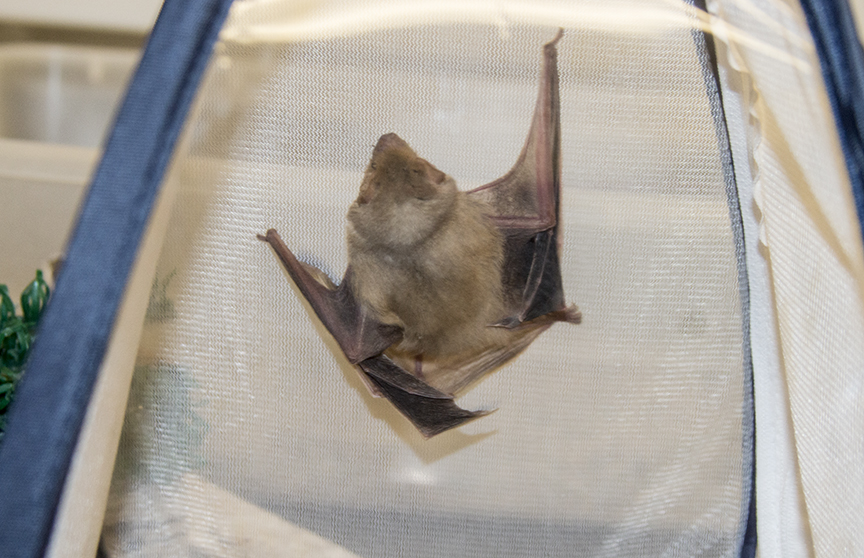

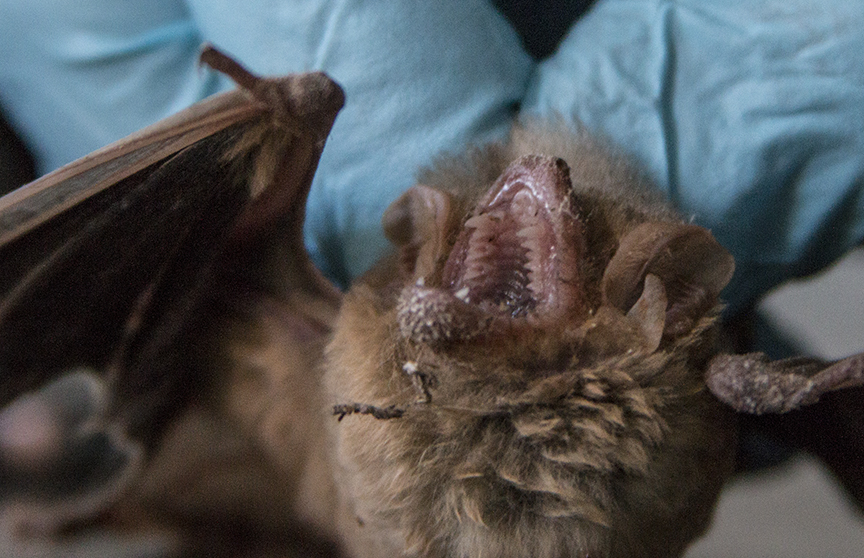
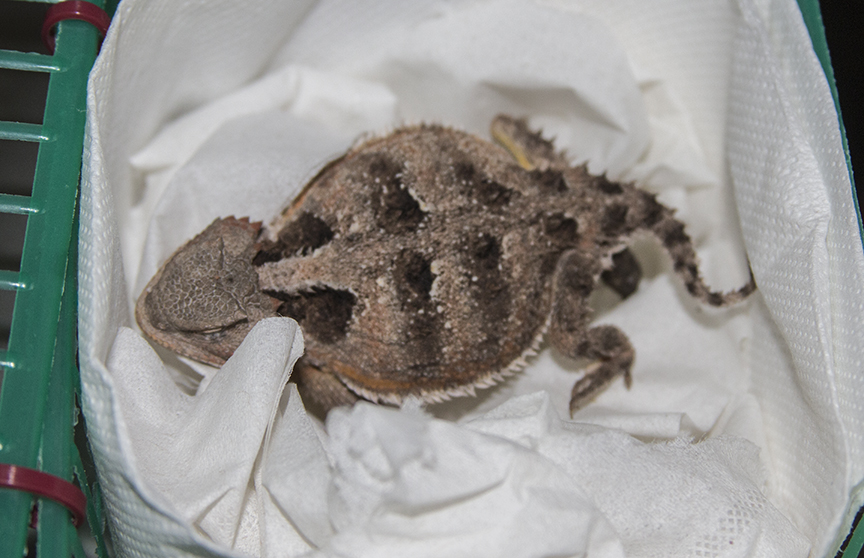
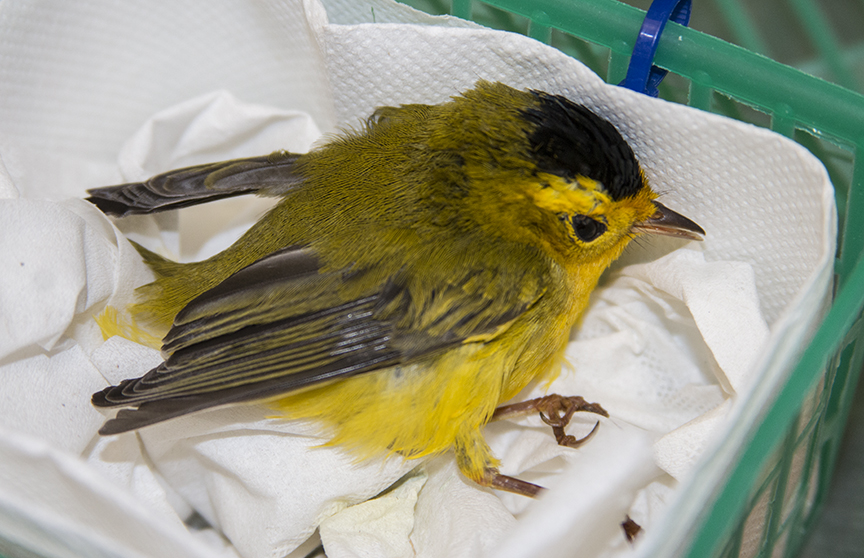
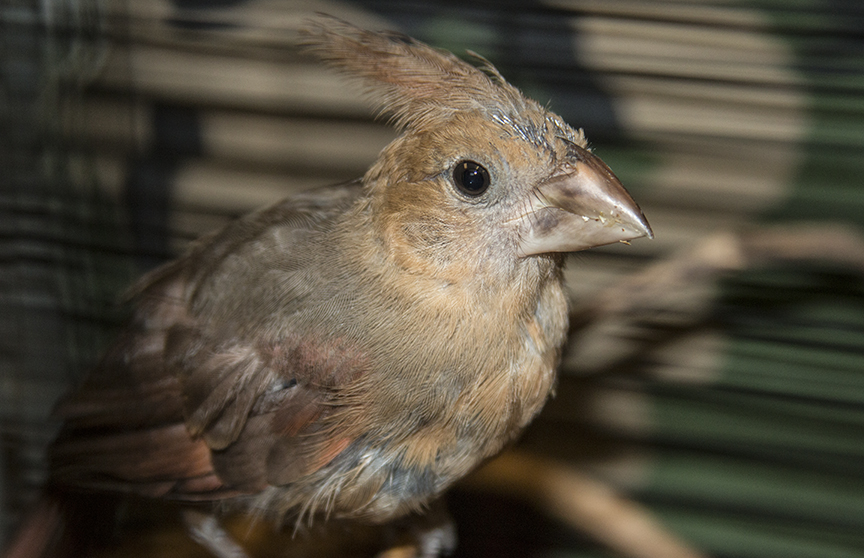
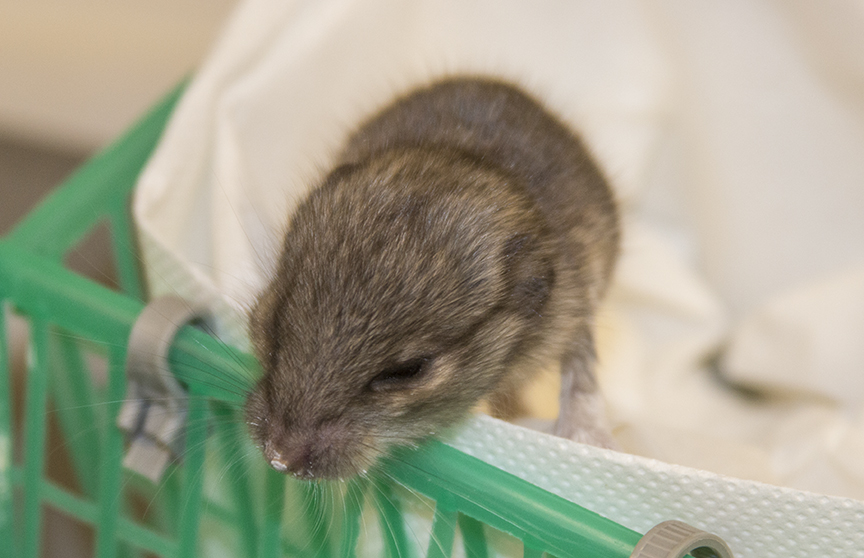
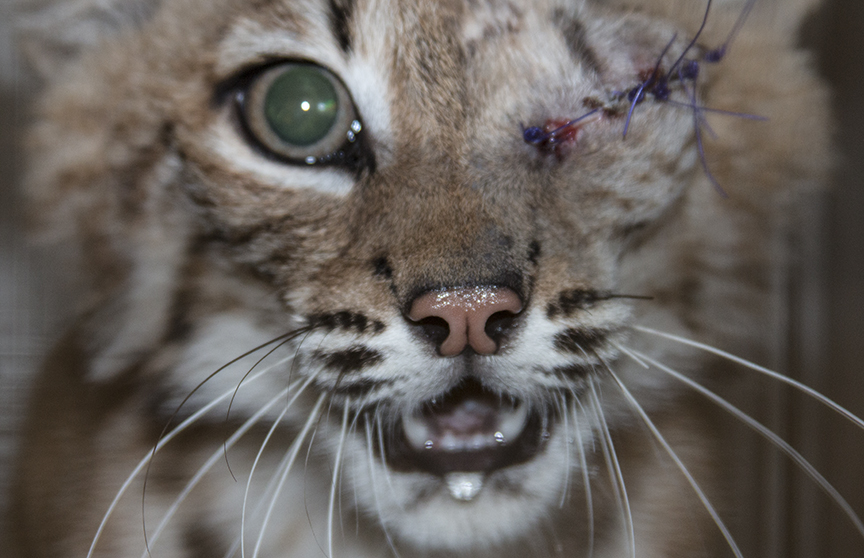
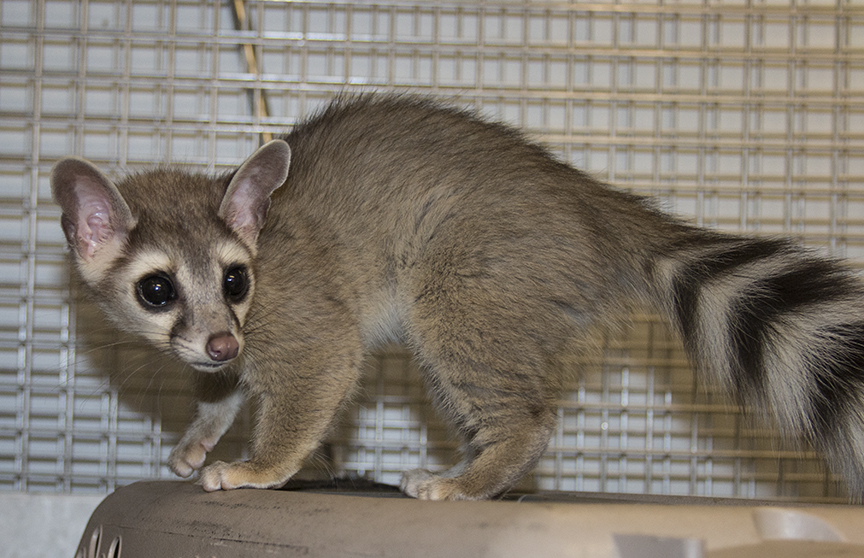
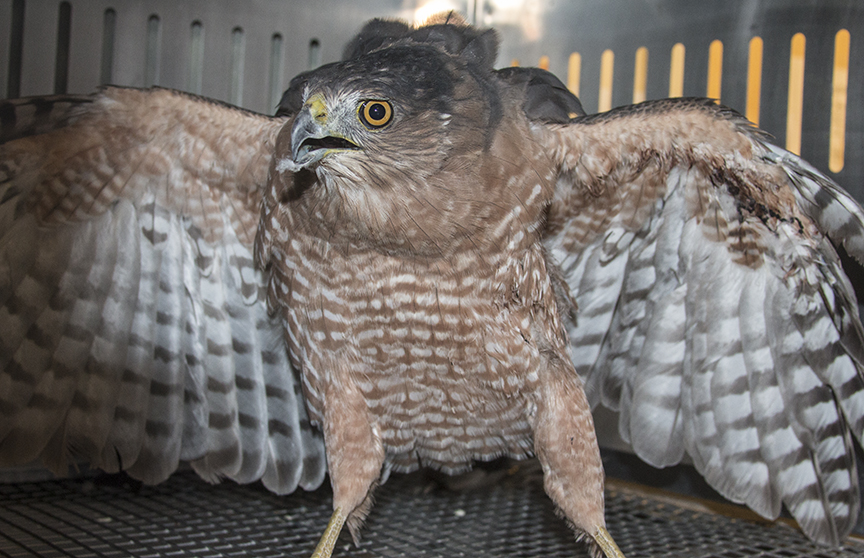
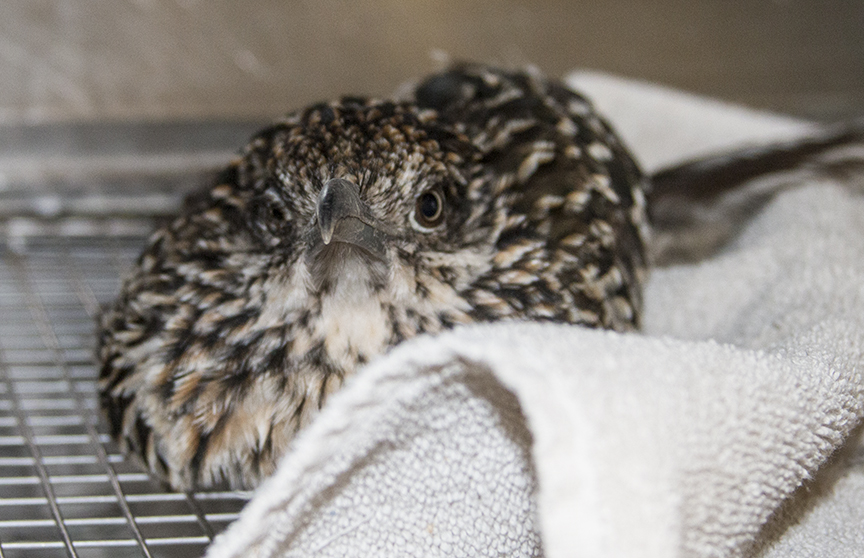
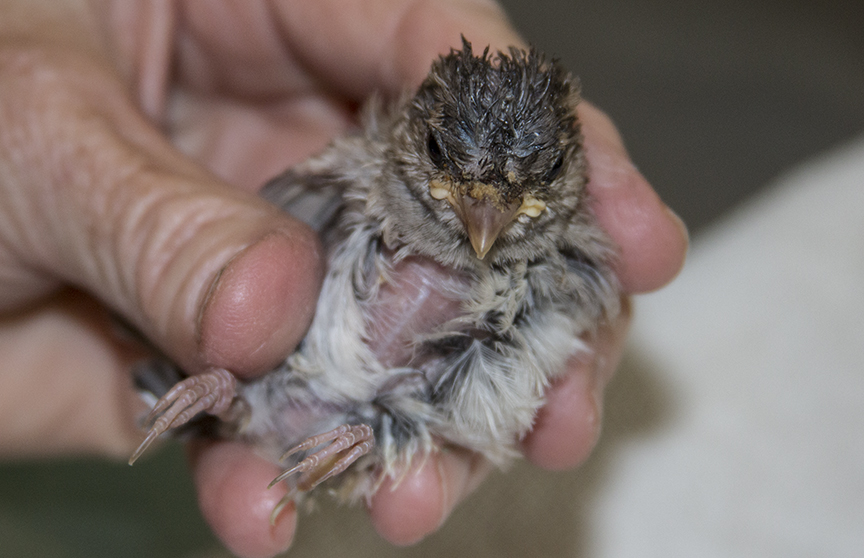
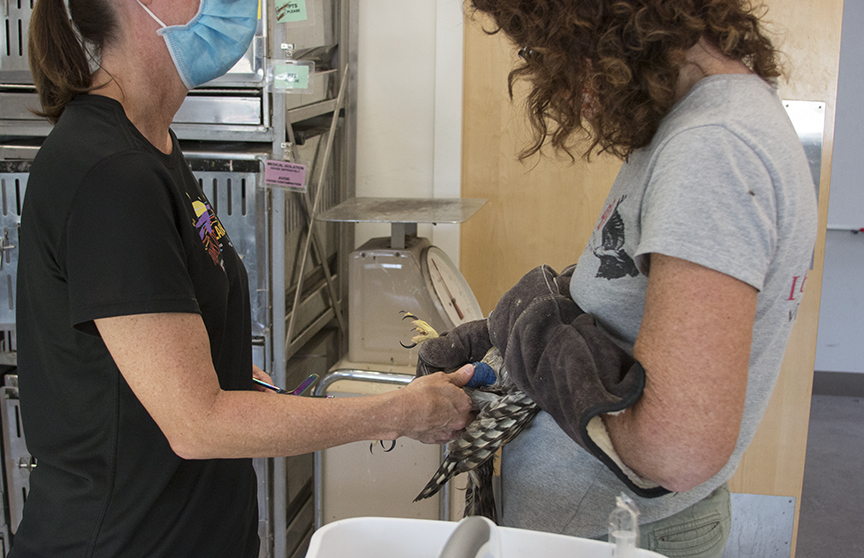
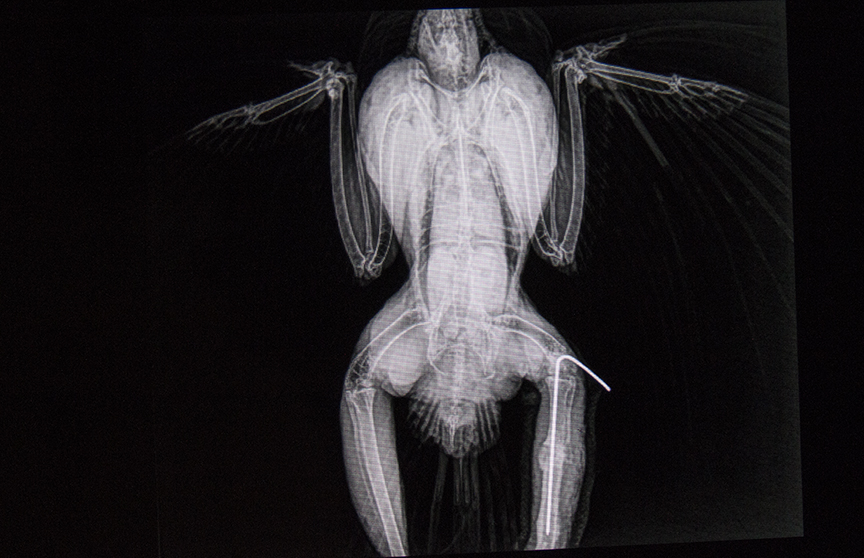
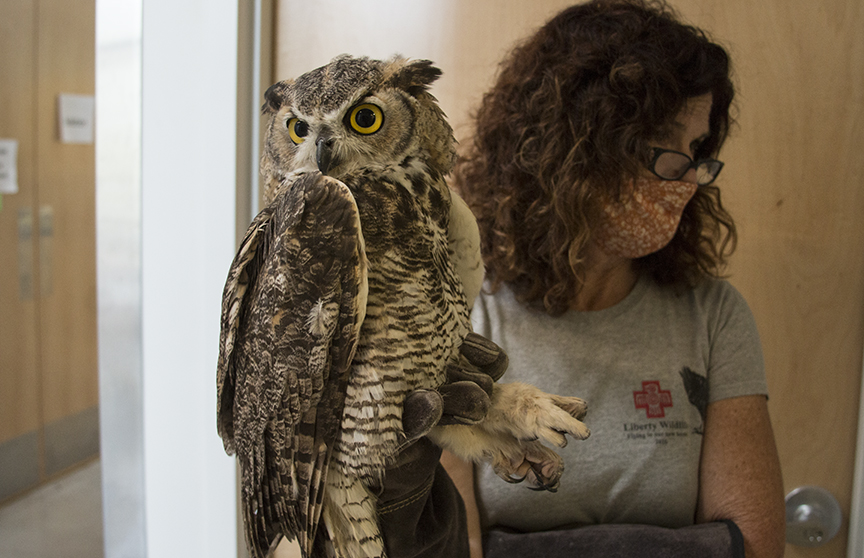
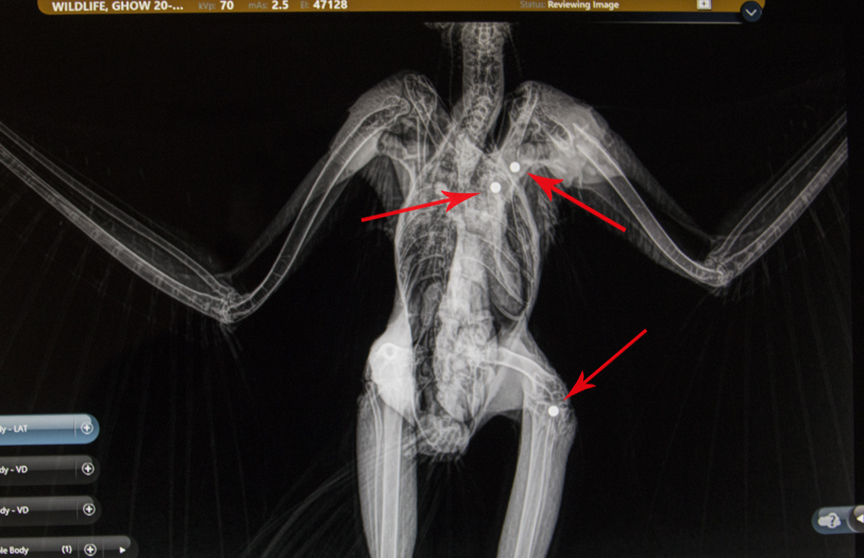
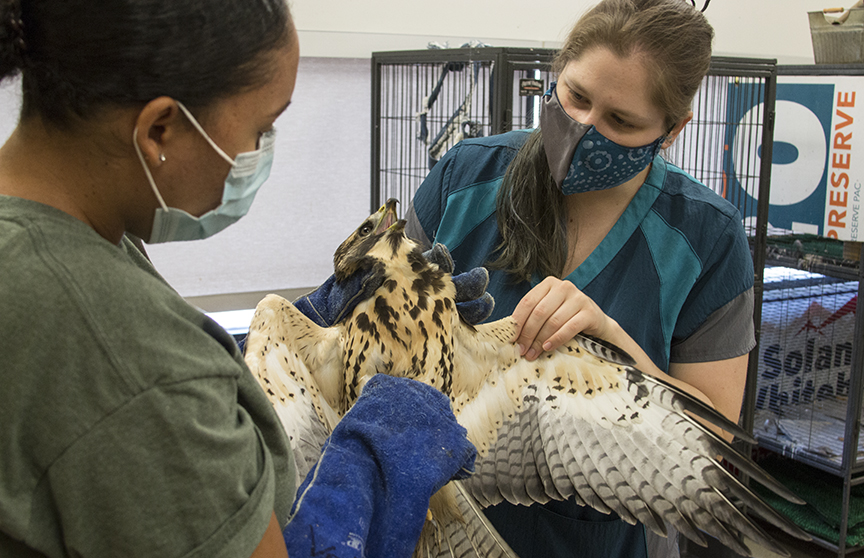
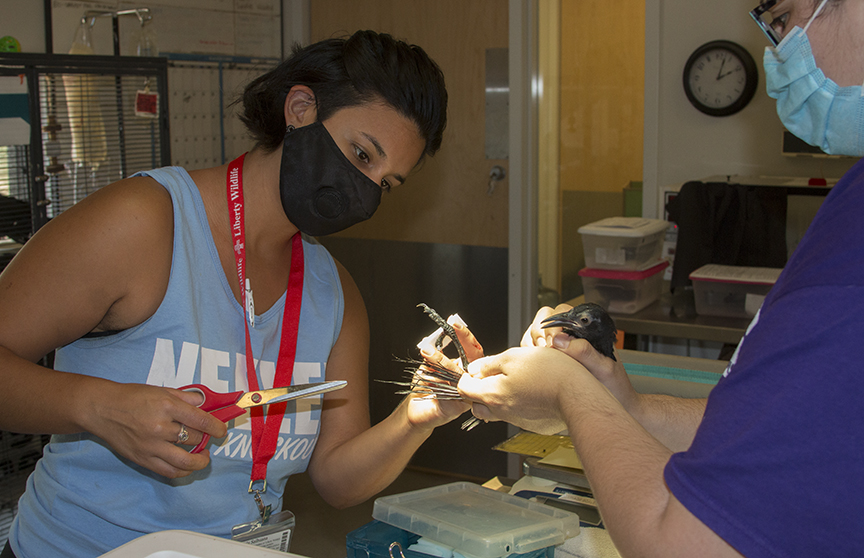
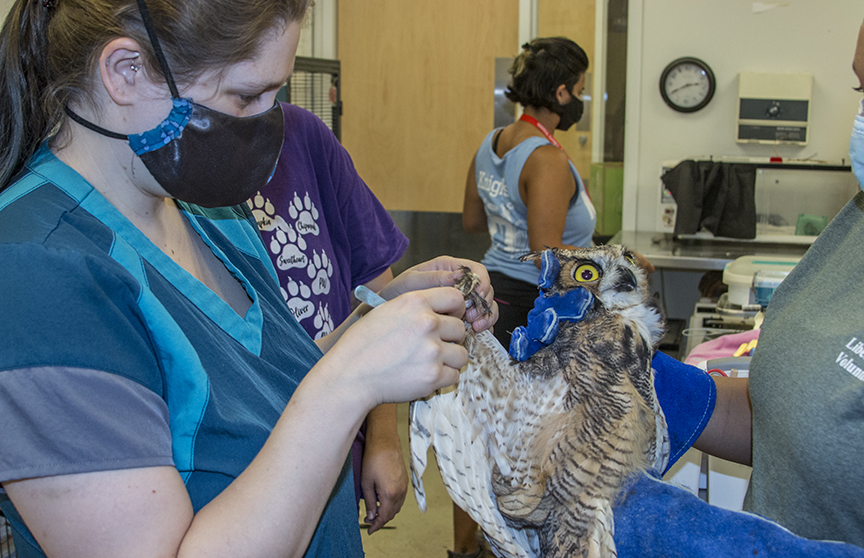
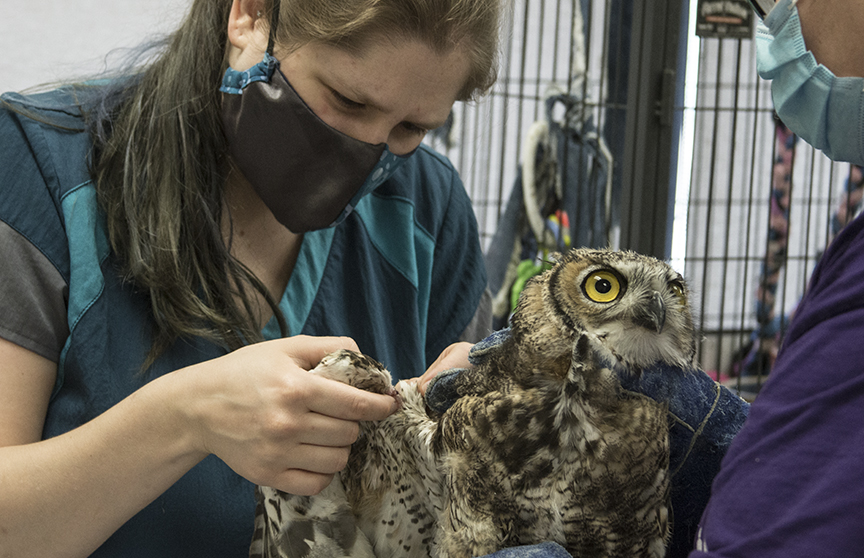
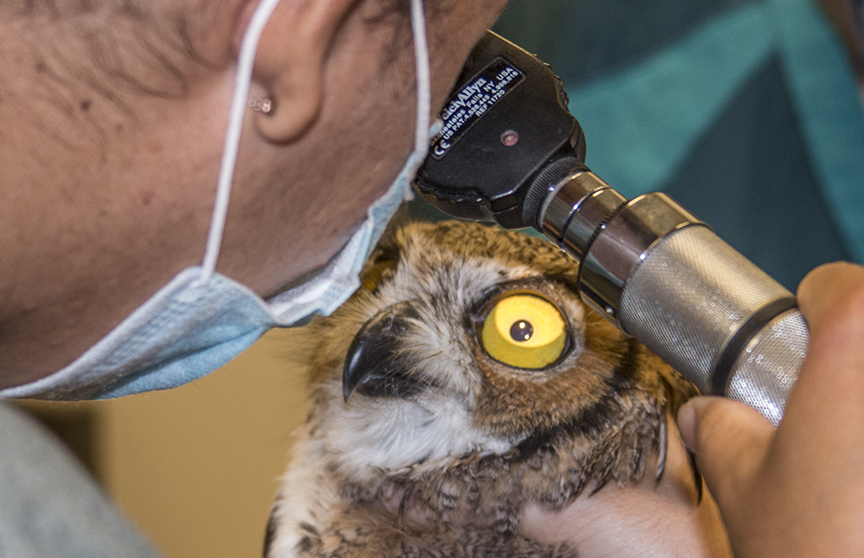

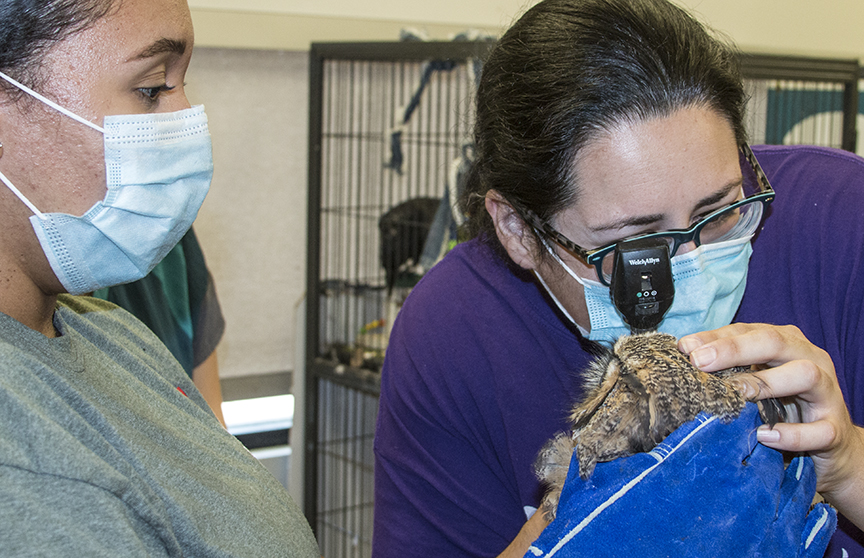
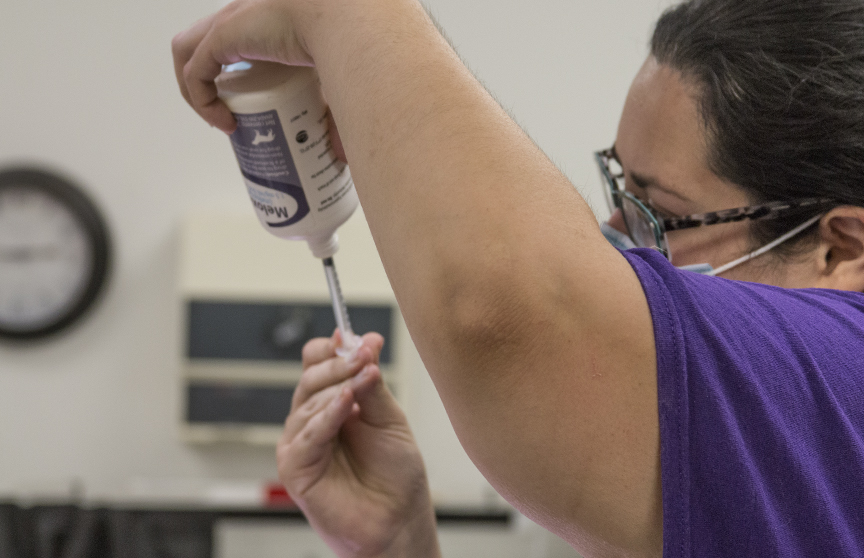

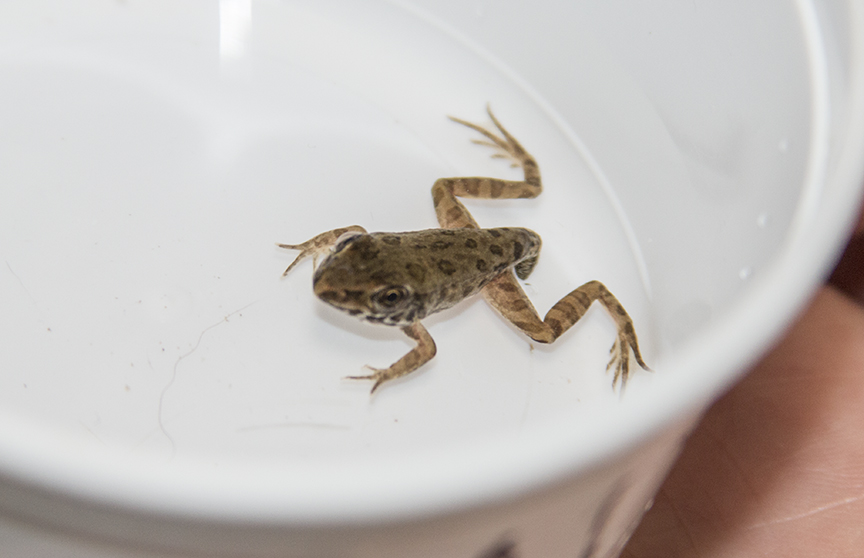
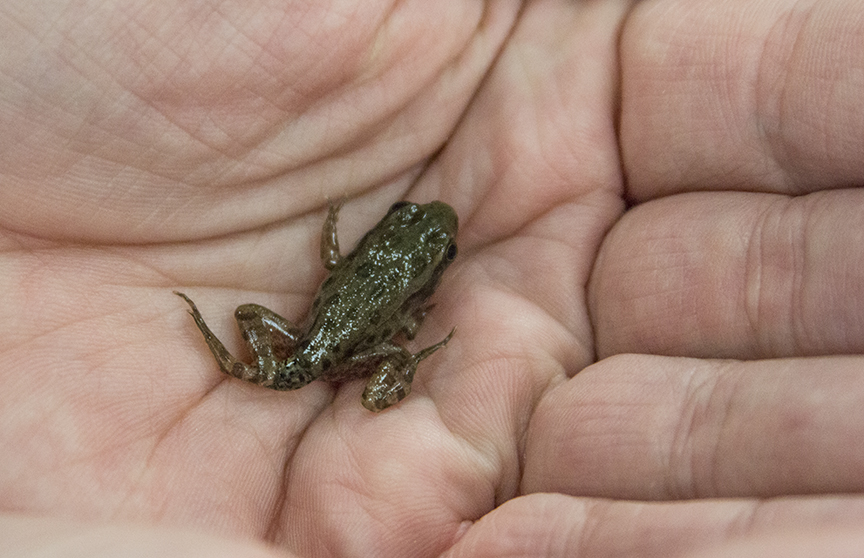
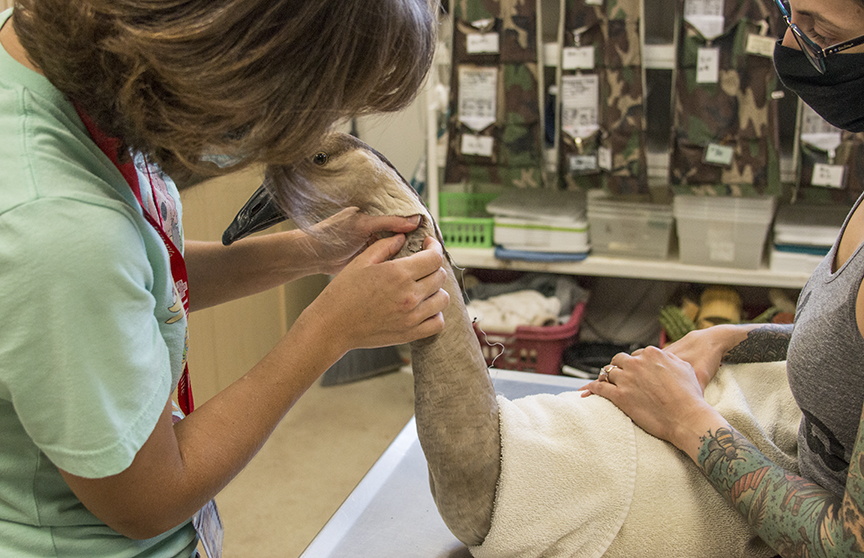
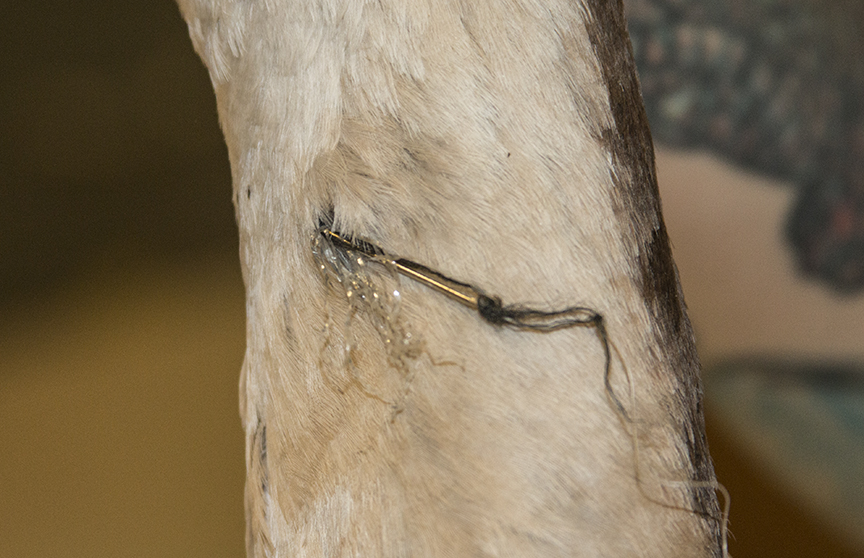
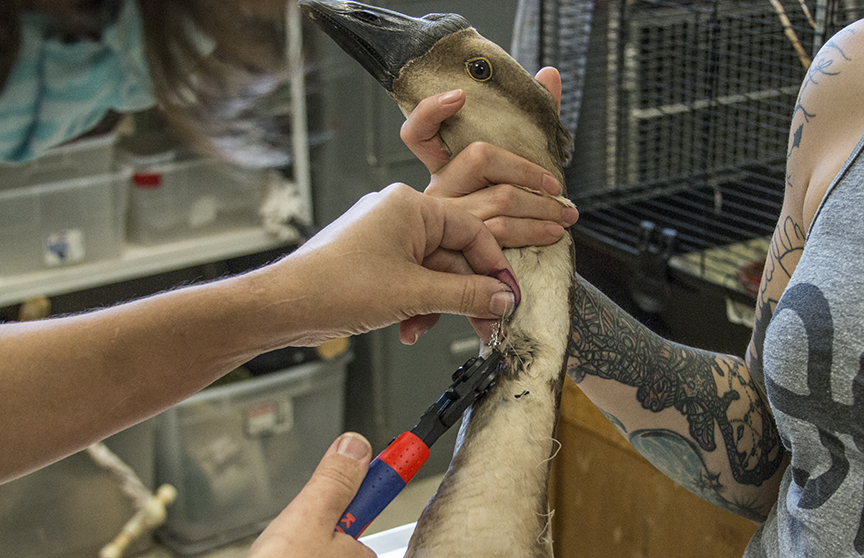
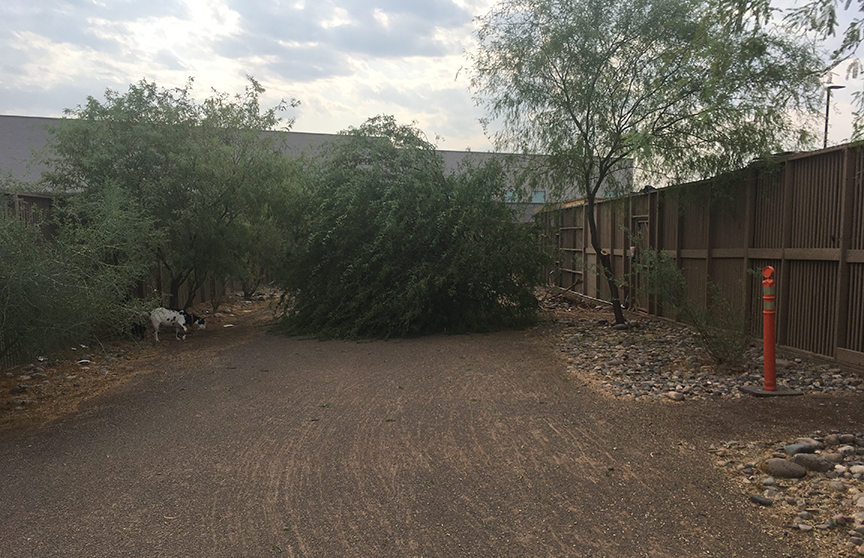

Leave a Reply
Want to join the discussion?Feel free to contribute!